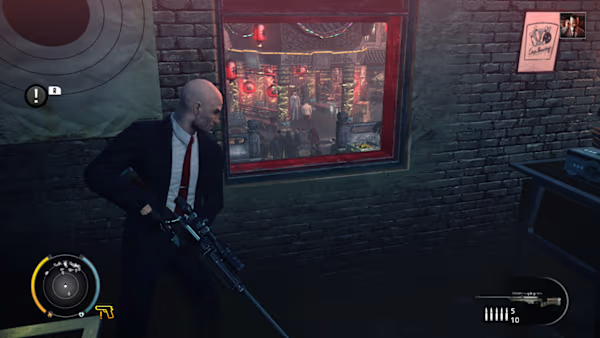Super Monkey Ball: Banana Rumble Hands-on Preview – Hands-on Preview

The better 3D Sonic.
I grew up playing the first two Super Monkey Ball games on GameCube, and still hold them in high regard to this day. There aren’t many platforming games that put a heavy emphasis on the player’s own momentum, and having to carefully manage the speed and angle of my character’s motion is a deeply satisfying challenge. Despite this, I never kept up with the series’ later titles until 2021’s Banana Mania remade the original two classics I had grown up with. Now Super Monkey Ball is receiving its first brand new title in over a decade, and the brief demo of the game I got to play has made me more excited than ever for its return.
Banana Rumble features an evolution of the franchise’s classic gameplay, acting as the natural next step in that style. The controls and physics feel fantastic, and the muscle memory I built up over twenty years with the originals transferred seamlessly over to the modern gameplay engine. I only got to play missions from the first two worlds of the game’s story mode so I didn’t get a chance to see how difficult the game could get, but these early stages managed to present meaningful challenges through their optional objectives.
Each stage in Banana Rumble has three optional objectives: one for completing the stage quickly, one for collecting every banana, and one for collecting the special golden banana. These optional objectives get difficult fast, so it won’t take long for experienced Monkey Ball players to receive a challenge that’s a match for their abilities. As someone who likes a good challenge myself, the golden banana is often a particular highlight as many stages will require a strong familiarity with the game’s mechanics in order to grab it.
The Super Monkey Ball franchise has experimented with new movement mechanics in the past such as an ill-conceived jump button, and Banana Rumble is the first time I’ve felt like one of these mechanics is truly a good fit for the franchise. Banana Rumble introduces a chargeable spin dash that gives the player a burst of speed in any chosen direction. In the opening stages I played there were very few times that the spin dash was required, but I could immediately see the potential it had for advanced play such as speedrunning. The ability to charge the dash while moving and then release it in any chosen direction gave me the opportunity to retain a higher speed when making tight turns, and the mandatory cool down after each dash forced me to think carefully about what the best applications of the new move would be.
In addition to the classic gameplay, Banana Rumble also features extensive multiplayer with a number of different game modes that can all be played either locally or online. In addition to the entire story mode being playable cooperatively, there are five battle modes that can be played with up to 16 players such as racing, banana hunt, and a robot-smashing competition. Of the five battle modes I was most interested in racing since the other modes felt a bit like trying to fit the square peg of Super Monkey Ball’s gameplay into a round hole, but perhaps I’ll be proven wrong once I get to play against a full lobby of humans instead of mostly CPU opponents.
Super Monkey Ball Banana Rumble has revitalized my interest in the series in a way that Banana Mania could not. Banana Mania’s physics never felt quite right which clashed with my muscle memory of classic stages, and it did a poor job of recreating the various party games that were included alongside the main gameplay. The battle mode doesn’t quite live up to the variety of the old party games, but the traditional gameplay of the story mode feels just as good as ever. Only time will tell if the level design in later parts of the game lives up to the best challenges of the older games, but what I’ve seen so far makes me feel very optimistic.




